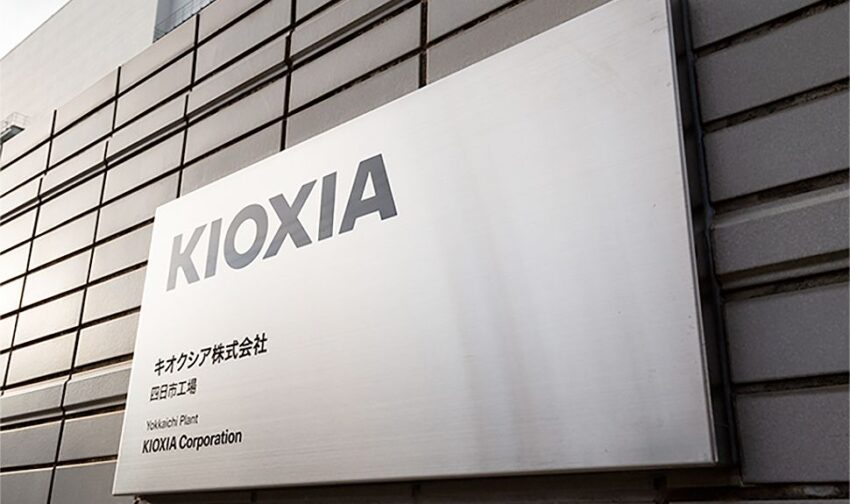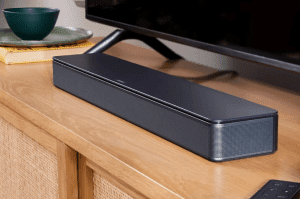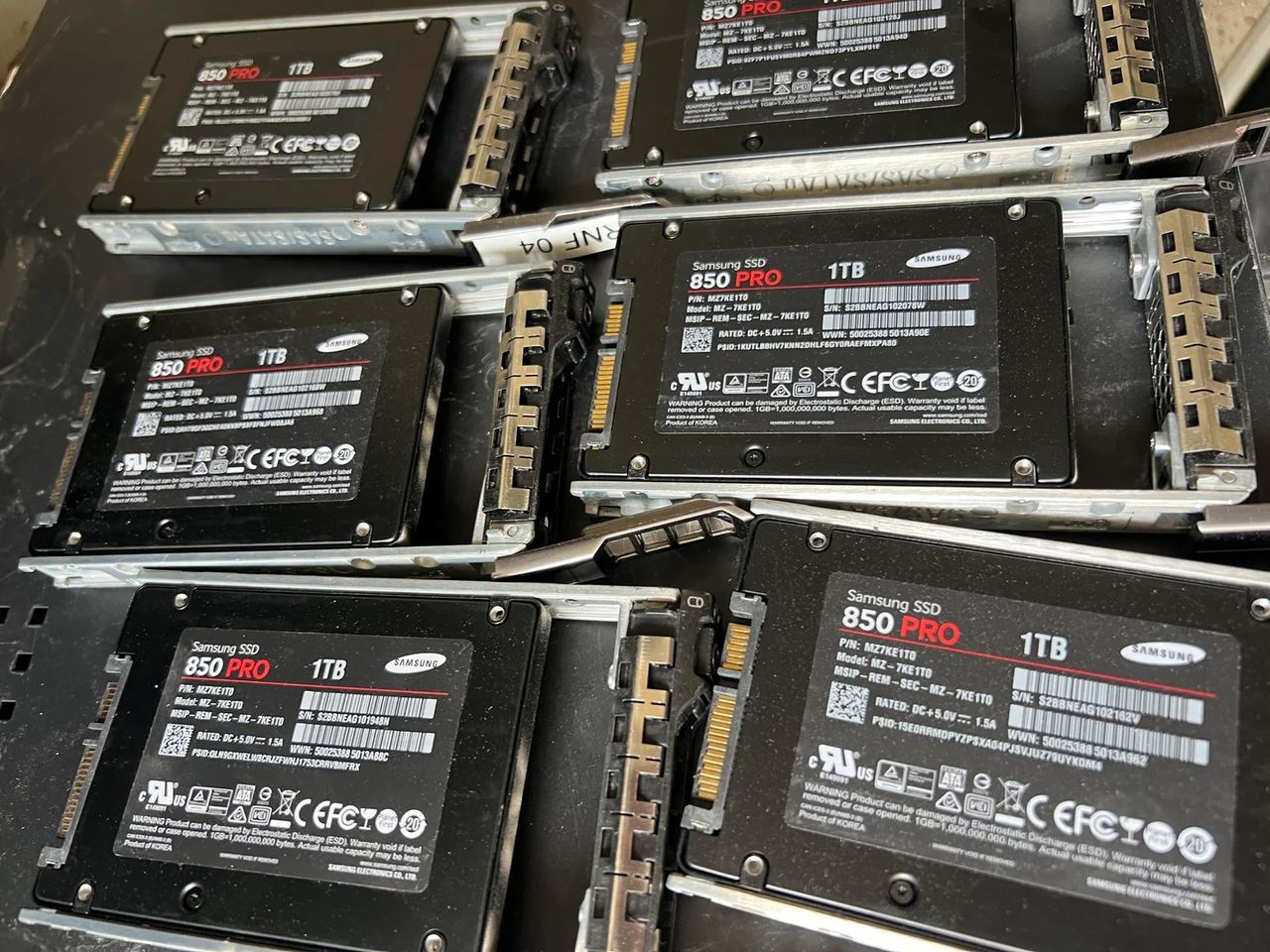
kioxia s new 5tb 64 gb s flash module puts nand toward the memory bus for ai gpus – hbf prototype adopts familiar ssd form factor: Kioxia has introduced a groundbreaking 5TB flash module designed to enhance performance for AI and data-intensive applications, achieving speeds of 64 GB/s over PCIe 6.0.
Overview of Kioxia’s Innovation
Kioxia, a prominent player in the flash memory industry, has unveiled a prototype for a cutting-edge 5TB flash module that aims to redefine the role of NAND flash in modern computing environments. This innovative module is particularly tailored for artificial intelligence (AI) and data-intensive workloads, indicating a significant shift in how memory architectures are designed and utilized in high-performance computing.
Technical Specifications
The newly developed flash module boasts impressive specifications that underscore its capabilities:
- Capacity: 5TB
- Data Transfer Rate: 64 GB/s
- Interface: PCIe 6.0
- Controller Design: Daisy-chain configuration
- Signaling Technology: PAM4 (Pulse Amplitude Modulation 4-level)
Data Transfer and Controller Design
The module’s data transfer rate of 64 GB/s is achieved through a sophisticated daisy-chain controller design. This architecture allows multiple flash chips to be connected in series, enabling efficient scaling of bandwidth. The use of PAM4 signaling further enhances the module’s performance by allowing four bits of data to be transmitted per signaling event, effectively doubling the data rate compared to traditional signaling methods.
Positioning NAND as Near-Memory Storage
One of the most significant implications of Kioxia’s prototype is its potential to position NAND flash as a near-memory storage solution. Traditionally, DRAM has been the go-to memory technology for high-speed data access, but this new flash module challenges that paradigm. While NAND flash has historically lagged behind DRAM in terms of latency, Kioxia’s advancements suggest a new role for NAND in systems that require rapid data retrieval and processing.
Latency Considerations
Despite the impressive bandwidth, it’s important to note that the latency of NAND flash still does not match that of DRAM. This limitation means that while NAND can effectively serve as a storage solution closer to the memory bus, it may not completely replace DRAM in all applications. However, for specific use cases, particularly those involving large datasets and AI workloads, the advantages of high capacity and substantial bandwidth can outweigh the latency challenges.
Implications for AI and Data-Intensive Workloads
The introduction of Kioxia’s 5TB flash module has significant implications for sectors that rely heavily on AI and data analysis. As organizations increasingly turn to machine learning and deep learning models, the demand for faster data access and processing capabilities continues to grow. Kioxia’s innovation could provide a solution to these challenges by enabling quicker access to large datasets, thereby accelerating the training and execution of AI models.
Potential Applications
Some potential applications for Kioxia’s new flash module include:
- Data Centers: Enhanced performance for cloud computing and large-scale data processing.
- AI Research: Improved efficiency in training AI models through faster data access.
- Big Data Analytics: Streamlined data processing for analytics platforms.
Market Context and Competitive Landscape
Kioxia’s development comes at a time when the demand for high-performance memory solutions is on the rise. Competitors in the flash memory space are also exploring advancements in NAND technology, aiming to meet the needs of an evolving market that increasingly prioritizes speed and capacity. The introduction of Kioxia’s 5TB flash module may prompt other companies to accelerate their own innovations in this area.
Industry Trends
The trend towards higher bandwidth and lower latency in memory technology is driven by several factors:
- AI and Machine Learning: The growing reliance on AI technologies necessitates faster memory solutions.
- Data Explosion: The exponential increase in data generation requires efficient storage and retrieval methods.
- Cloud Computing: The shift towards cloud services demands scalable and high-performance memory solutions.
Future Prospects
Looking ahead, Kioxia’s 5TB flash module could pave the way for future innovations in memory technology. As the industry continues to evolve, advancements like this may lead to new standards in memory architecture that prioritize not only capacity and speed but also the overall efficiency of data handling in computing systems.
Collaboration and Development
To fully realize the potential of this technology, collaboration among hardware manufacturers, software developers, and data scientists will be essential. By working together, stakeholders can ensure that the benefits of Kioxia’s flash module are effectively integrated into existing systems and workflows. This collaborative effort could significantly enhance the capabilities of AI and data-intensive applications across various industries.
Conclusion
Kioxia’s new 5TB, 64 GB/s flash module represents a significant step forward in memory technology, positioning NAND as a viable near-memory storage solution for AI and data-intensive workloads. While challenges remain, particularly regarding latency, the potential applications and benefits of this innovation are substantial. As the demand for faster and more efficient memory solutions continues to grow, Kioxia’s prototype may play a pivotal role in shaping the future of computing.
Source: Original reporting
Was this helpful?
Last Modified: August 26, 2025 at 12:47 pm
0 views















